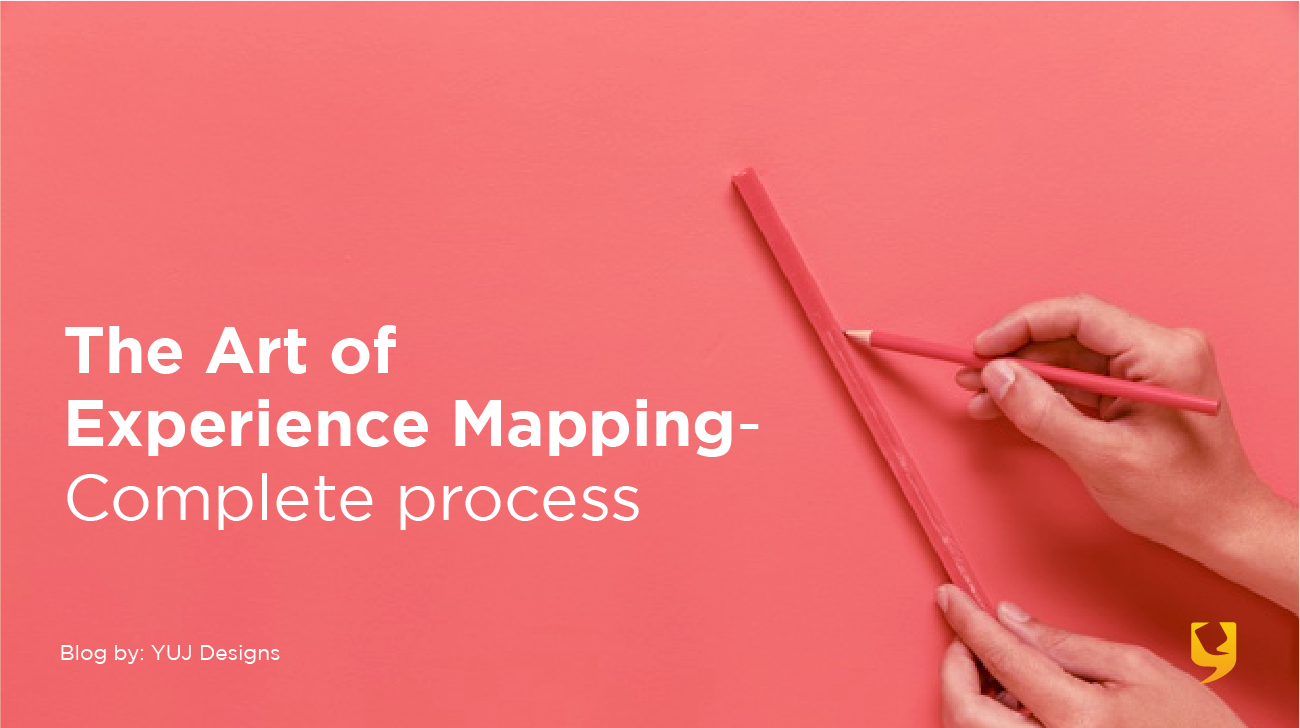
Organizations have collectively bled billions of dollars every year on crafting seamless experiences to attract, serve and retain their customers. They launch new websites and apps, build chatbots, answer thousands of questions in call centers; market and advertise new channels; re-engineer services; enhance processes. To summarize, they create and manage an ecosystem of touch-points that add up to customer experience within digital and physical spaces.
Research has proven that customers don’t care about these efforts. All they care is about their needs across different channels, touchpoints and across the competitive landscape.
In this article, we will be discussing Experience Maps and their ability to illuminate the holistic customer experience while demonstrating the highs and lows people feel while interacting with products and services. The process of mapping uncovers the key customer moments that, once improved, will unlock a more compelling and more valuable overall experience.
What is an Experience Map?
An Experience map is a design tool for capturing and articulating key insights from complex customer interactions that occur across different channels, touch-points with a product, service or even an ecosystem. At the core of an experience map lies a customer journey model that illustrates an archetypal journey of customers that attempt to achieve a goal or satisfy a need.
The activity of building an experience map builds knowledge and user understanding across the team and stakeholders and the map as an artifact allows designers to create and support seamless experiences through distinct phases of product/service.
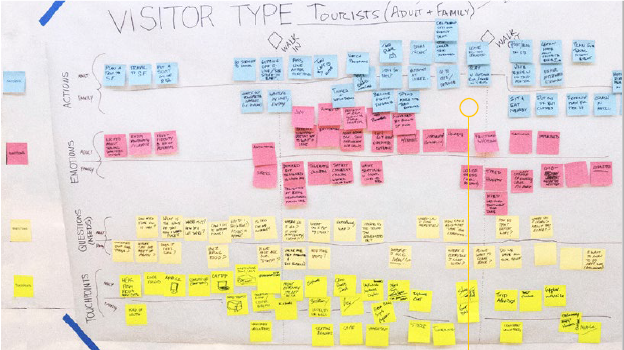
Lack of Interconnectedness – A Major Risk
With mobile apps and voice supports becoming acceptable globally, it is evident that customers are increasingly interacting with connected digital systems and are choosing products based on the quality of experiences they have with them. However, these experiences breakdown when they span across multiple channels as organizations fail to see the holistic view of the individual experiences they create.
With incremental advances in technology and even faster changes in customer expectations, placing more importance on interconnectedness of channels and touch-points has become a dire need. Early adopters have realized importance of omni-channel experiences and how a lack of interconnectedness is a major competitive risk. Below are the few examples –
1. Retailers are wrestling with changing customer behaviors and shopping that have transformed the core of brick and mortar spaces.
2. Financial institutions,in response to growing number of users, are looking at different technologies and collaboration with fintech’s to transform the old school banking processes.
3. Healthcare industry is seeking new ways to provide high quality and low-cost care options for users with help of AI and NLP improving key algorithms.

An Artifact or Activity?
“It’s the outcome that matters and not the output”
Teams generally dive into creating journey maps, user flows or even mind maps to tackle client discussions or articulating a state of a product/service. What they fail to understand is the difference between an output and the outcome to using these tools.
Experience mapping is a collaborative, iterative process of analyzing and articulating an end-to-end customer experience.They key is the team’s involvement in gathering, synthesizing and communication insights to build shared knowledge.
The Process
Experience Mapping is an iterative process that focuses on holistic view of customers experiences. The steps involved in making sense of the cross-channel customer journeys are as follows –
1. Discover
“I am sure each one of us as designers want to tell the story, but it has to be a true story.”
The discovery process is essential to ensure that your experience map captures the end-to-end experience. Not everything you find while researching goes into the map, but at this stage it is important to develop a firmer understanding of complete experience and the context around it.
Assembling together a bigger picture of how and why customers are interacting with some channels, touch-points, product and services than the other is where journey starts taking shape. As a best practice, I suggest you start with the basics and don’t reinvent the wheel. Look around your organization for existing data and insights. Focusing your research around a hypothesis and look for unanswered questions. While new research consumes much more time and money, it will help you to build an artifact that you can confidently use to support product decisions and strategic thinking.
As, research phases is also an iterative process, you should look for variety of information sources to cover the length and breadth of the experience. For early stage understanding, you can look for existing personas and research, call center logs or even customer satisfaction surveys. As you dive deep, talking to real customers is indispensable. Talking to subject matter experts can help you understand the set expectations and would give you access to in-house understanding about customers.
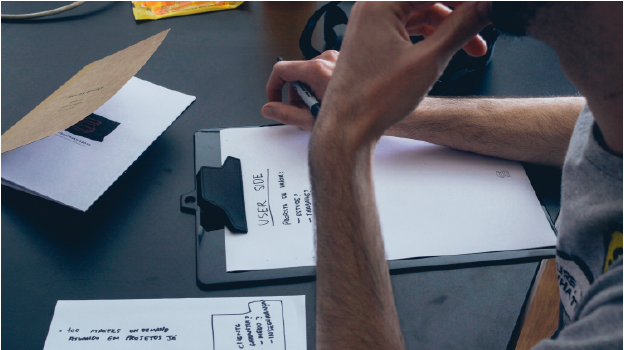
Both Qualitative and Quantitative
Digging up analytics and satisfaction surveys can help you build initial understanding about what customers are doing while interacting with channels. Reviewing and analyzing this can give you insights into customer funnel related issues or even track channels and touch points with the higher and lower marks. This data can help you segregate existing and targeted pools of customers. Quantitative data points also help you create and distribute the surveys to the right audience for deep dives.
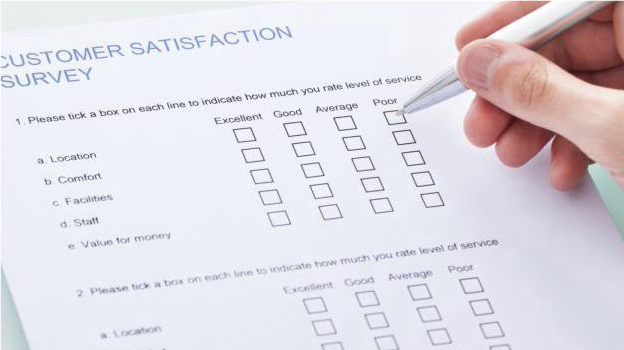
Quantitative data allows you to understand and uncover patterns, however customer conversations and observations are your primary tool to learn, identify patterns, and capture the richness of human experience. During any type of customer conversations, use the method of directed storytelling that guides discussion through a series of open ended questions. Researching or observing customers in their natural setting gives the richest data. The goal is to help customers share their stories. You can use the method of “Sketch Noting” that produces visual artifacts to engage users better than textual notes.

2. Building the Blocks
The challenge of experience mapping is to uncover the complex and intangible human experiences little by little. Having gone through many toolkits, I have understood the richer the story, the higher the impact. Adaptive path developed a mapping framework for Doing, Thinking and Feeling within the experience but we add place, time, devices and relationships and most importantly channels and touchpoints.
Doing – How are users interacting to the system to meet their needs? What are their key behaviors?
Thinking – How do people perceive and evaluate their experience? What are their expectations while going through individual experiences?
Feeling – Since emotions are indispensable part of the experience, understand what emotions people carry along the journey and what are the experience highs and lows within distinct phases.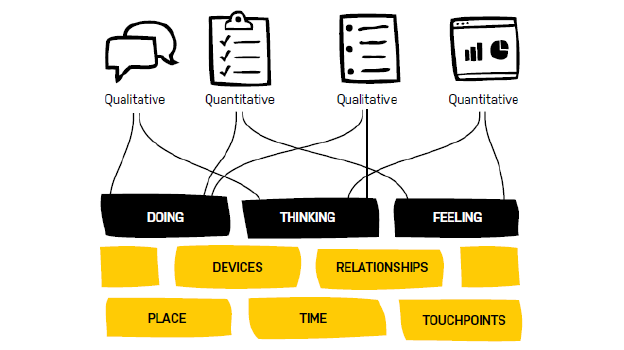
3. Plot the Experience
The art is in the activity, not the artifact.
The process of making an experience map is as important as the artifact itself. The stakeholder’s participation will help you create direct empathy within the team and help you guide the people who can most affect the experiences the customers have. The discussions experience mapping fosters, the consensus it builds, and the shared reference it creates will be critical to push your organization toward embracing new insights and taking action.
The core of charting an experience map allows you to synthesis and articulate customer experiences that would answer the questions you had in your hypothesis. Following forms, the core of your map –
a. Guiding lens – It forms the overriding principle through which the team will view your map. They can be personas, guiding principles or a value propositions. It can be helpful such as when you look at the journey, and specifically the touchpoints within the journey, and ask yourself, “Does this match up to the principles?” “Does this meet the needs for this persona?” The key is that you want to look at the journey against some type of criteria – and personas, value propositions, or principles are that criteria.
b. Journey Map – It depicts the range of interactions customers are having across touch points, channels, time, space etc. in order to meet their needs.
c. Takeaways – They summarize the key findings from the map. It helps drive conversations after the map like identifying the opportunities, pain points, call to actions and help shape the strategy.
4. Facilitating an Experience Mapping Workshop
Experience Mapping yields best results when done collaboratively and a workshop would be a perfect way to get everybody together and take a stock of what you have learned. As a facilitator, your task would be to create a clear context, outline the goals, guide participants and keep everyone on the same page. Your goal would be to deconstruct research into building blocks and create a rough customer journey by the end of the exercise.
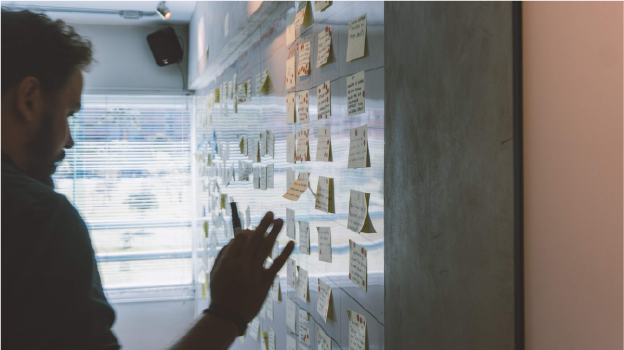
Facilitating a good workshop depends on organizational cultures but all you need is a physical space, post-its, markers and everybody in the same room. Here are the some of the steps that I would recommend –
a. Set the stage – Prepare a deck to help everyone understand your research and work so far.
b. Plan Squads – Divide your participants in squads so that every team has balance of different roles.
c. Deconstruct – Each team will go through the research and build the building blocks.
d. Stick on wall – Each team sticks the post it on wall to create a bigger picture as they go through the distinct phases of your research.
e. Build the map – You as Facilitator would help people build a map out of random post-its so that it stitches to create more meaning.
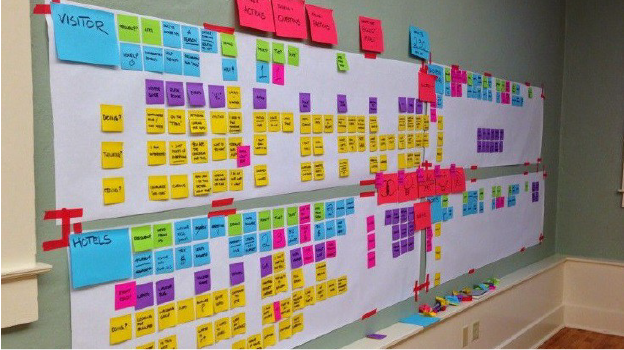
5. Tell The story
“Aim to design for impact”
Until now, you have summarized the key insights, identified some engaging quotes, modeled building blocks and guiding principle. As you start visualizing your map, decide what parts of the story you want to tell. This means separating the key points from nice-to-have details and prioritizing the depth of your map across distinct phases of an experience.
When designing for impact, what works best to communicate important ideas, separates noise from the message? Above all, Hierarchy. Your map should deliver s strong statement immediately but should have the right depth of information on multiple levels. Creating a compelling story would mean that your map narrates the complete experience yet inspires to design the right solution. Consider the following-
a. Have a takeaway – Summarizing the key points people walk away with after viewing the map. What story you want to tell them?
b. Know thy Audience – What kind of details will help your audience better understand the story. What insights are essential to make good strategic and design decisions?
c. Set a vision – What are the immediate next steps? How do you want people to refer to your map and in what all circumstances?
The End or the Beginning?
Your experience map allows you look at the design opportunities to meet the customer needs but above that it brings people across organization together to focus on broader customer experiences. If it was done as a pat of R&D or even just a proposition design, it should never remain within the four walls. Distribute it far and wide. Get it into organizational bloodstreams to make sure it reaches key decision makers.
Some organizations might struggle to decipher the map due to the complexity and depth of information. You can club it with other tools like experience storyboard, personas and system flows to help your audience better understand the map.
In a better practice, use the map in co-creation workshops to apply systems thinking towards generating new ideas and concepts with your clients and users. The resulting ideas would better account for the customers and their interaction with broader ecosystem of channels, touchpoints and places. On the other hand, it helps stakeholders feel confident that the strategies derived from their work will benefit both customers and the organization.
Just like no two design solutions are alike, this is not the only way to create experience maps. Feel free to comment and let people if you have better ideas about the activity.
Amplify your brand presence with the best UX design studio that truly aligns your needs with those of your consumers! Get in touch with us at YUJ Designs, today!






